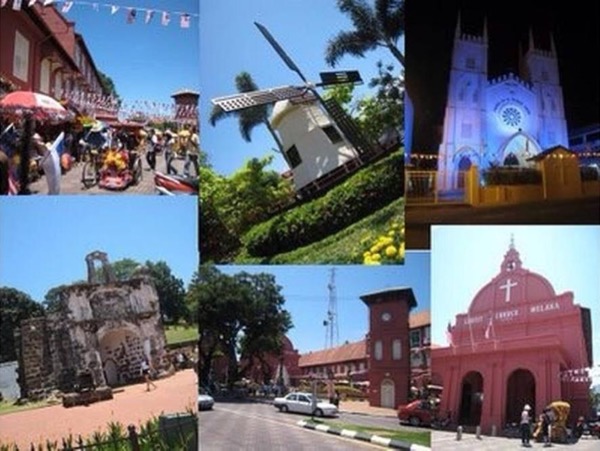
MELAKA: Imagine this: you’re an ordinary fisherman in 15th century Malacca, going about your day when you spot something extraordinary loomingth
Soon bright red sails are within view as you discern thousands of ships moving in your direction, slowly swallowing you up in its shadow.
This sounds like a fantastical tale. Yet, the voyages of admiral Zheng He were exactly like this according to historians. For Malaysians, Zheng He, also known as Cheng Ho, features heavily in Malaccan history.

After all, the arrival of the Chinese envoy in Malacca cemented ties between Ming China and the sultanate, ensuring peace and prosperity for the latter.
Furthermore, Cheng Ho’s arrival also marked the beginning of the formation of the Chinese community in what would become Malaysia.
Given Cheng Ho’s lasting impact on the country, one would imagine that the man would be better remembered.Yet, until relatively recently, there was little effort in memorialising the adventurer admiral, with his absence sorely felt in Melaka itself.
That was at least until 2006, when the Cheng Ho Cultural Museum opened in the city and there it still stands to this day.

The museum is a stone’s throw away from the famous Jonker Street, its bright red exterior and stone stela at the front door beckoning visitors to come inside

Cheng Ho, a Muslim eunuch serving the Ming dynasty of China, was famous for his extensive adventuring. He embarked on six voyages during his years of service, travelling as far as East Africa to establish diplomatic and trade ties.
The fleet which he led is featured prominently in a diorama housed in the museum, with dozens of wooden ships sailing majestically on a conveyor belt.
While adorable in their diminished size, one cannot help but wonder just how terrifying such a fleet would have appeared to people back then.

Measuring 137 metres in length and 61 metres in width, these treasure ships dwarfed many European vessels of the time and were hardy seagoing transports.
As though the ships themselves were not impressive enough, some of them ferried thousands of sailors, soldiers, cooks and doctors.
Also, while geared as floating cities, they were not defenceless, as some pirate fleets found out a little too late.
Thankfully though, Cheng Ho was in Malacca for peaceful purposes, with trade being at the top of the list and as such, the museum has on display many trade items of the time.

Artefacts from all over Southeast Asia are on display here. The museum also houses maps of Cheng Ho’s travels and visitors can marvel at the expanse the admiral travelled during his lifetime.
With travelling being a breeze these days, it is easy to forget just how perilous and long such journeys were back then.
Navigational tools such as compasses, astrolabes and star charts are thus also exhibited in the museum, a good reminder that not everyone had the luxury of a GPS.

With so many exhibits on display, one must wonder who had the idea of collecting them all in one place.
Tan Ta Sen, the museum’s founder, historian and International Zheng He Society president spoke to FMT recently, saying that Cheng Ho’s diplomatic conduct should serve as an example to today’s leaders.
“Our world is full of conflicts these days. We need a more peaceful, harmonious world and Cheng Ho is an ideal example of an ambassador of peace.”
He pointed out that when Cheng Ho first arrived in Malacca, the entirety of his crew outnumbered the state’s very population. Yet, Cheng Ho was there on a mission of peace and left behind a legacy not tainted by colonisation as many others did.
Adding that many mosques in Melaka still bear Chinese architectural influences, Tan said that the admiral’s legacy is one worth preserving.
“We as Malaysians must treat everyone as our family, regardless of our differences. All these things can and will make a culture rich.”
Cheng Ho Cultural Museum
51, Lorong Hang Jebat
75200 Melaka
Melaka Bandaraya Bersejarah

No comments:
Post a Comment